Manor Blanc (마노르블랑)
18.2Km 0 2024-02-20
46 Iljuseo-ro 2100beon-gil, Andeok-myeon, Seogwipo-si, Jeju-do
Manor Blanc is a café that features a beautiful garden adorned with hydrangeas in summer, pink muhlies in fall, and camellias in winter. From late fall to winter, the café also offers citrus picking experiences. Their drink menu includes homemade hallabong ade, green tangerine ade, and Jeju lemon ginger ade. Visitors can enjoy the views of Sanbangsan Mountain and Seogwipo Sea from the second floor of the café.
Namwon Keuneong Coast (남원 큰엉해안)
18.5Km 29894 2021-05-13
522-17, Taewi-ro, Seogwipo-si, Jeju-do
+82-64-740-6000
Namwon Keuneong Coast's name means "a hill shaped like an opened mouth ready to swallow up the sea," with Jeju dialect "-eong" meaning "hill". The coastal cliff that reach up to 30 meters in x_height and 200 meters in length is covered with soft green grass. In addition to the two natural caves, visitors can also find a 2-kilometer walking path along the coastline, an observatory deck, resting area, and other amenities. This attraction is popular for fishing as well as a date spot for couples.
Daejeonghyanggyo Confucian School (대정향교)
18.8Km 17305 2019-12-26
165-17, Hyanggyo-ro, Andeok-myeon, Seogwipo-si, Jeju-do
+82-64-742-8866
Daejeonghyanggyo was a Confucian school during Joseon Dynasty. Although the exact date of construction is uncertain, it is estimated that the building was built around the same time as Daejeonghyeon in 1416.
The school was originally located inside Bukseong but it was once moved outside of Dongmun and then again to the site of Seoseong. It was finally moved to Dansan Oreum where it remains to this day. At present, Daejeonghyanggyo Confucian School consists of Daeseongjeon, Myeongryundang, Dongjae, Seojae Shinsammun, Daeseongmun, Dongmalmun and Dongjeongmun. Daeseongjeon was remodeled in 1669, 1688, and 1752. Myeongryundang was rebuilt in 1772. After several instances of remodeling and rebuilding, Daeseongjeon was remodeled again in 1993. The Confucian school was designated as the Jeju Tangible Cultural Asset No. 4 in August 1971.
Jeju Fire Festival (제주들불축제)
18.8Km 74216 2023-04-23
San 59-8, Bongseong-ri, Jeju-si, Jeju-do
• 1330 Korea Travel Hotline: +82-2-1330 (Korean, English, Japanese, Chinese) • For more info: +82-64-728-2736
Jeju Fire Festival is a representative cultural festival related to Jeju's culture of livestock care. Held every March at Saebyeoloreum Volcanic Cone, the night sky lights up with fiery red. The festival features a media façade show, torch march, fire show, and more as well as various programs and food trucks.
Saebyeol Oreum (새별오름)
18.8Km 20079 2023-01-16
San, Bongseong-ri, Jeju-si, Jeju-do
+82-64-740-6000
Located in Bongseong-ri, Aewol-eup, Jeju-si, Saebyeol Oreum (called Hyoseongak) is a parasitic volcano cone set alone that looks like a lonely star (Saetbyeol in Korean) in the night sky, giving this volcano cone its name. Based on the highest south peak, small peaks continue in the northwest direction, forming an oval-shape. The oreum is a mid-sized oreum among 360 oreums on Jeju Island and it features a stunning view from the peak of the beautiful ridges connecting to one another.
The Dull Ice Flower (로빙화)
19.0Km 0 2024-02-28
13 Namtaehaean-ro, Namwon-eup, Seogwipo-si, Jeju-do
The Dull Ice Flower is a pub and café known for its captivating exotic interior. The signature menu item is a flavorful handmade burger made with high-quality beef and black pork from Jeju. The thin-crust pizza and french fries are also popular. The interior resembles a mountain hut with an atelier, offering visitors sea views.
Jeju Aerospace Museum (제주항공우주박물관)
19.1Km 4320 2018-08-07
218, Nokchabunjae-ro, Andeok-myeon, Seogwipo-si, Jeju-do
Jeju Aerospace Museum is the largest aerospace museum in Asia. The museum not only offers information and exhibitions related to aerospace as well as astronomy, but it also integrates education with entertainment to provide an enjoyable learning opportunity for both kids and adults. The view from the museum’s second floor is another sight not to be missed.
Songaksan Mountain (송악산)
19.1Km 35809 2024-03-12
421-1 Songakgwangwang-ro, Daejeong-eup, Seogwipo-si, Jeju-do
+82-64-740-6000
Songaksan Mountain is a mountain formed by underwater volcanic activity, characterized by its dual volcanic cones, which hold significant geological value. Along the Songaksan Trail, hikers can enjoy breathtaking coastal landscapes, including views of Hyeongjeseom Island, Gapado Island, and Marado Island. The trail is not too challenging, making it accessible to all, although it can be windy. The coastal area at the foot of the mountain is also renowned for fishing spots.
Little Prince Citrus Orchard (어린왕자감귤밭)
19.4Km 0 2024-02-20
45-1 Chusa-ro 36beon-gil, Daejeong-eup, Seogwipo-si, Jeju-do
Little Prince Citrus Orchard is a café located in an 8,000 square meter palm grove, enriched with Jeju scoria. The café's citrus orchard is home to 11 species of animals, allowing visitors to feed them with any drink order. In winter, the citrus harvest season, they also offer a citrus picking activity. Their signature offerings include the fresh green tangerine smoothie and hallabong smoothie.
St. Isidore Farm (성이시돌목장)
19.5Km 2 2023-02-16
53, Sallongnam-ro, Jeju-si, Jeju-do
+82-64-740-6000
St. Isidore Farm was born when an Irish priest named McGlinchey (Korean name: Im Pi-je) was appointed in Jeju's Hallim region in 1954 and opened a livestock bank to help the impoverished locals. In 1961, it officially opened a central practice farm to not only educate on the livestock industry but also carry out hog farming, sheep breeding, beef cattle raising and dairy businesses. Today, the farm primarily raises cows and racehorses and produces high-quality organic milk and horses for racing to utilize the profits in various welfare projects. The farmland also presents an exotic scenery as the vast grasslands blend in with modern structures such as Ctesiphon, which symbolizes the history of the farm. The farm also has a cafe that uses milk produced at the farm in addition to a trail and park with religious themes.

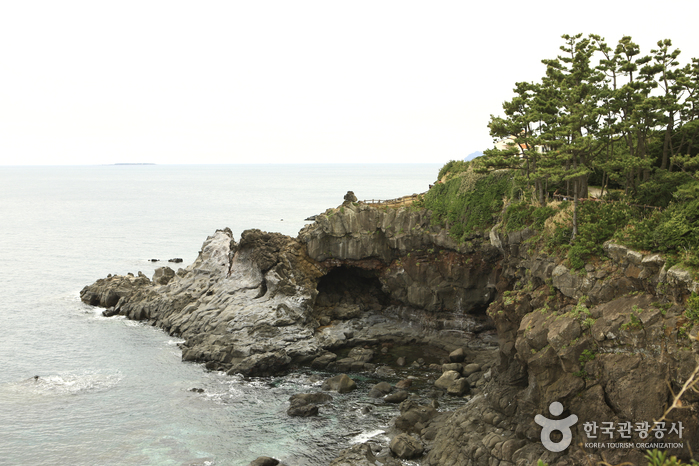
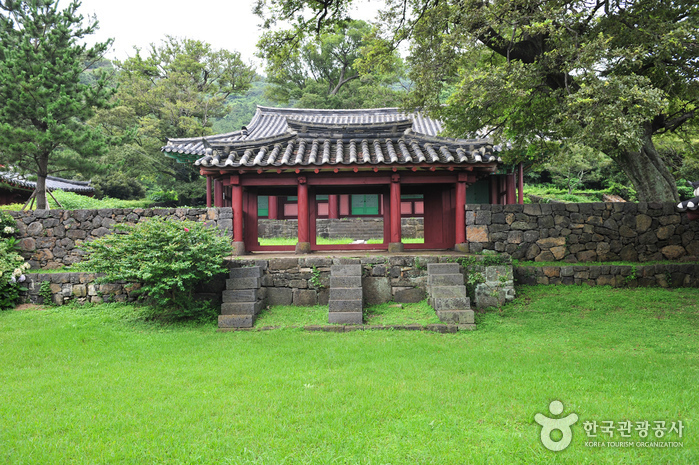
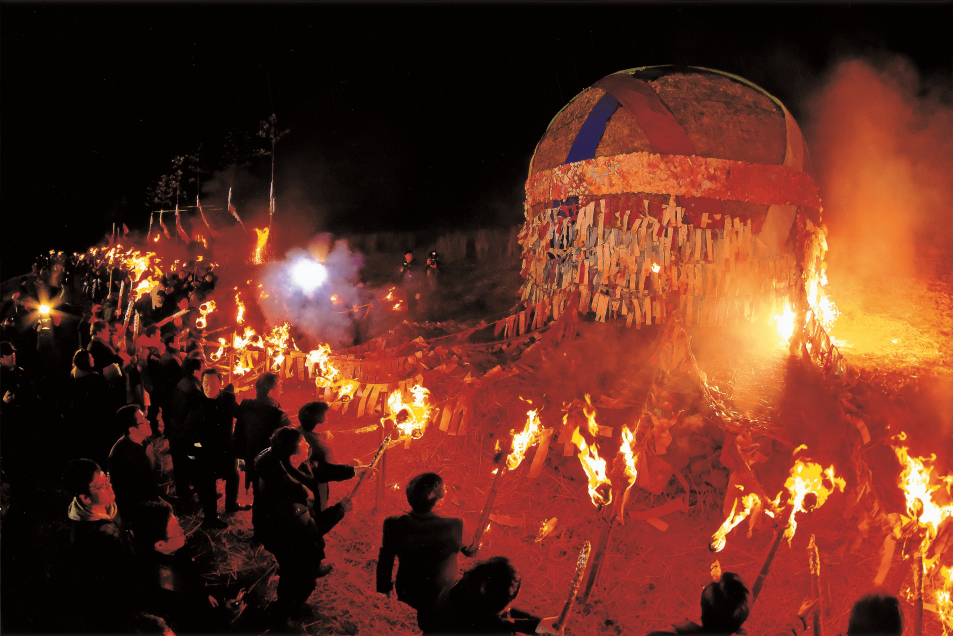
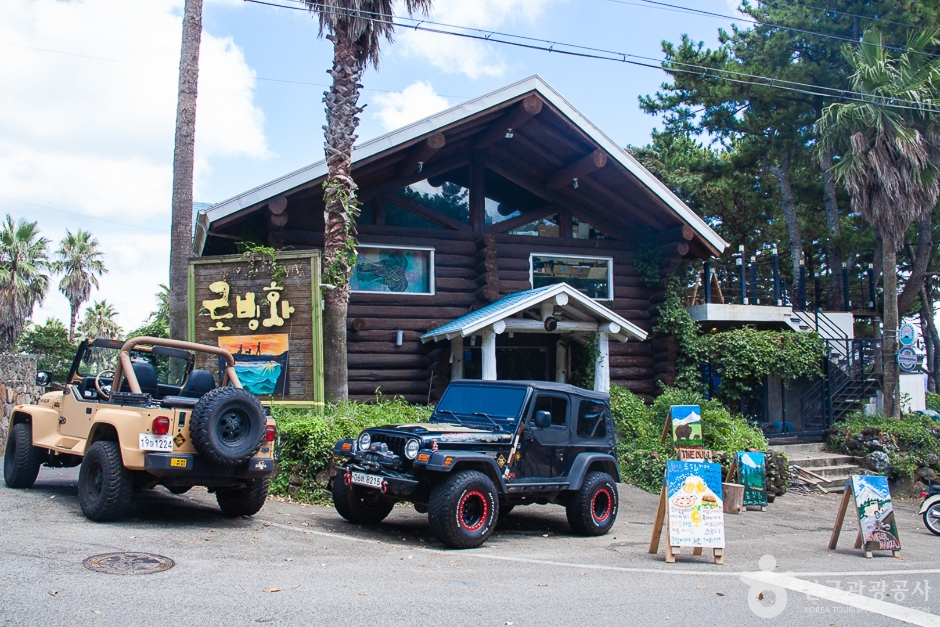
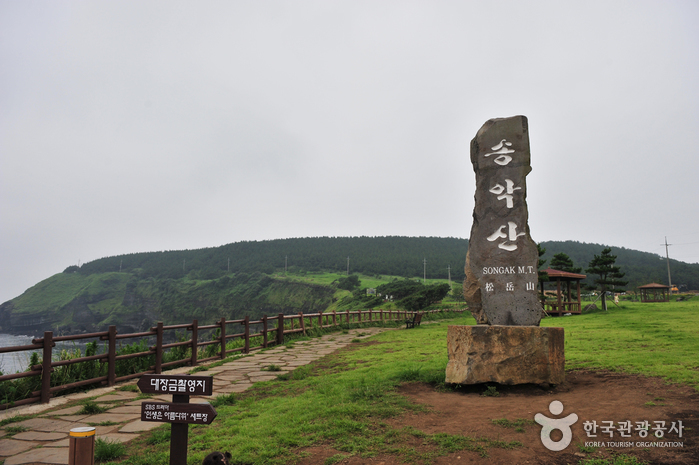
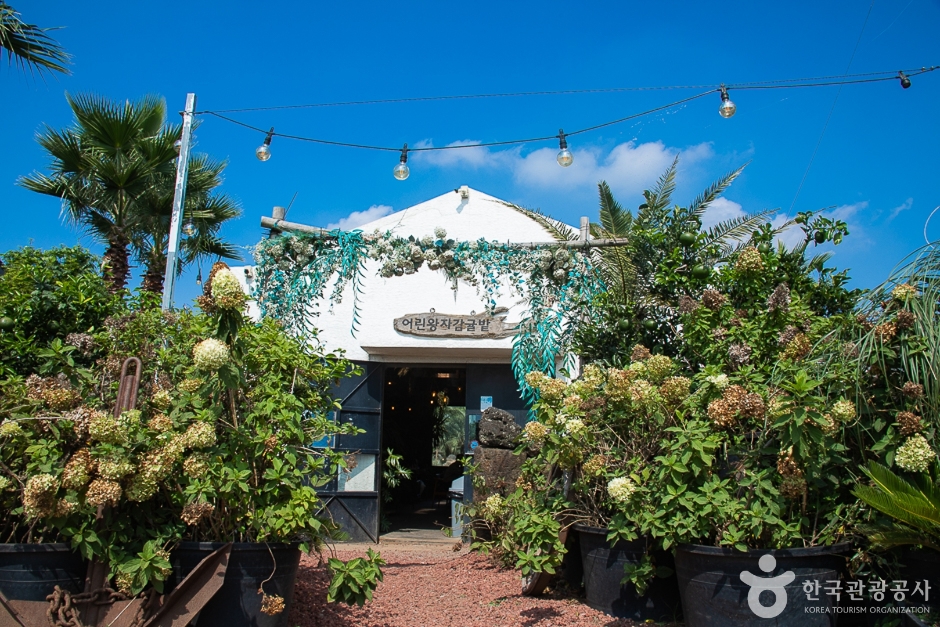
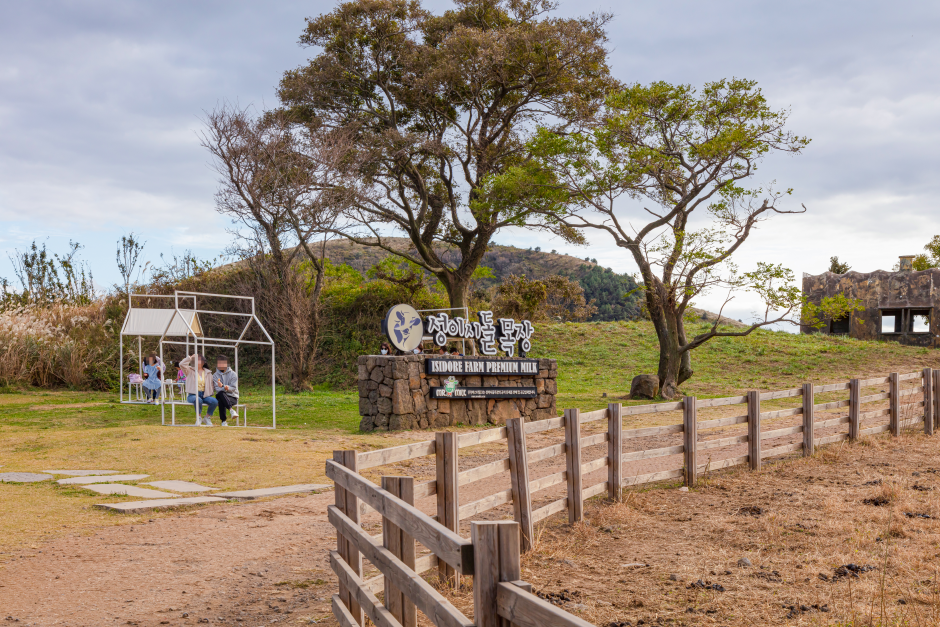
 English
English
 한국어
한국어 日本語
日本語 中文(简体)
中文(简体) Deutsch
Deutsch Français
Français Español
Español Русский
Русский